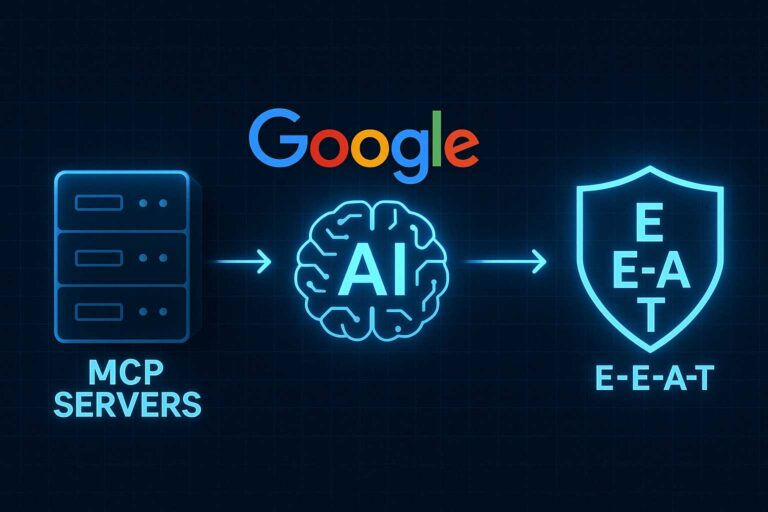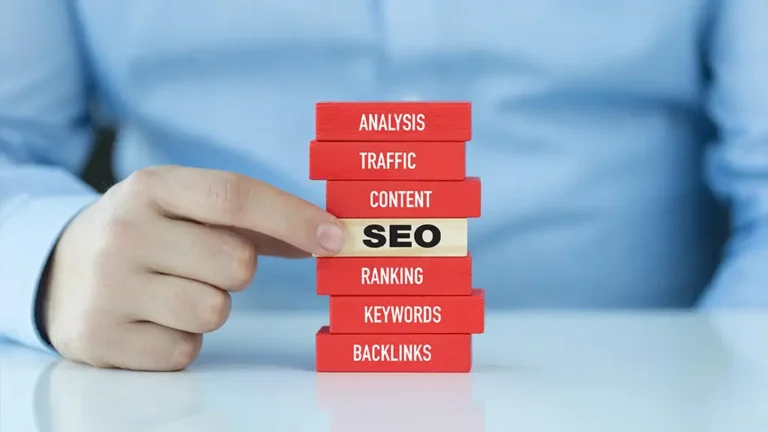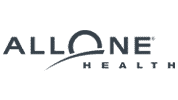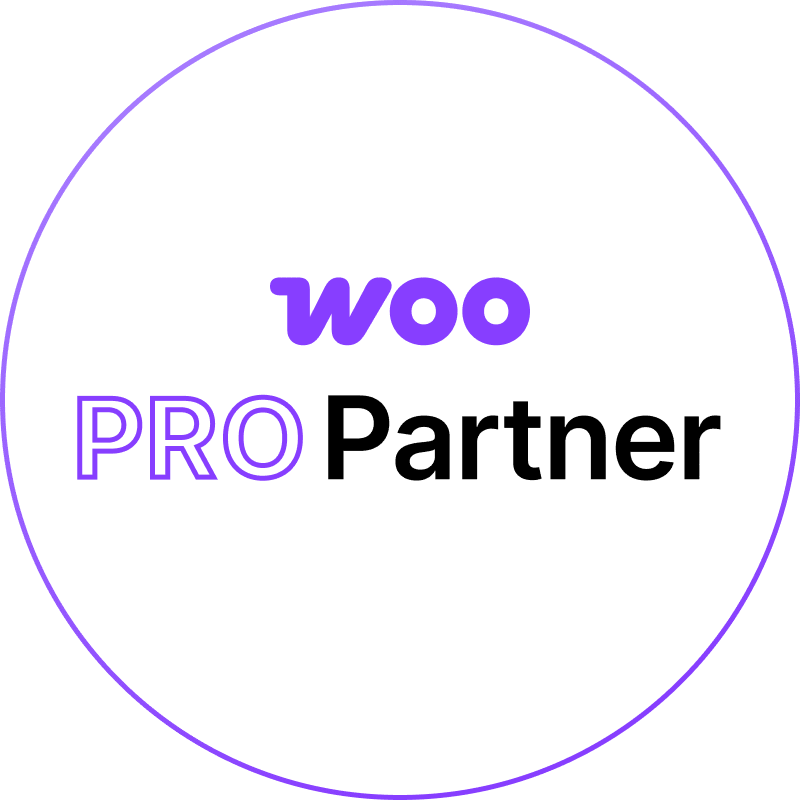Website Design and SEO: How to Build a High-Performing, Search-Optimized Website
Introduction: The Connection Between Website Design and SEO
Website design and SEO (Search Engine Optimization) are two essential elements of a successful online presence, working together to create a website that not only looks appealing but also performs well in search engine rankings. While design focuses on aesthetics and user experience, SEO ensures that a website is visible in search results, attracting organic traffic. When design and SEO are aligned, they produce a website that is both user-friendly and search-engine friendly, maximizing its potential to engage visitors and drive conversions.
Many businesses make the mistake of treating design and SEO as separate efforts. However, they are interconnected in several ways. A beautifully designed website is ineffective if it doesn’t attract visitors, and even the most optimized website will lose users if it’s hard to navigate or visually unappealing. By integrating SEO considerations into the design process, businesses can create a cohesive website that not only ranks well but also provides a seamless, engaging experience for users. This guide explores how website design and SEO work hand-in-hand to build a high-performing, search-optimized site.
Why SEO Should Be a Priority in Website Design
Integrating SEO from the start of the design process is crucial to creating a website that can effectively attract and retain traffic. SEO affects everything from visibility in search engines to the structure and usability of a site, impacting both user experience and overall performance. Here’s why making SEO a priority in website design benefits your website and business:
- Improves Organic Traffic and Visibility: SEO is what makes your site discoverable on search engines. By optimizing your website for search engines during the design phase, you lay a foundation for greater visibility, attracting more organic traffic. A search-optimized design ensures that your website is set up to meet the criteria search engines use to rank sites, making it easier to reach your target audience.
- Boosts Conversion Potential: Websites that rank well and offer a user-friendly experience have higher chances of converting visitors into customers. By integrating SEO from the beginning, you create a website structure that guides visitors toward conversion points, whether that’s making a purchase, signing up for a newsletter, or contacting your business. A well-designed, optimized site helps increase conversion rates by making the user journey intuitive and engaging.
- Reduces the Need for Redesigns and Updates: When SEO is considered during the initial design phase, it reduces the need for costly updates and redesigns later. Sites built without SEO often require rework to optimize for search engines, which can be time-consuming and costly. By prioritizing SEO, businesses can save resources and ensure their site remains competitive and visible over time.
By making SEO an integral part of website design, businesses set themselves up for greater success in search rankings, traffic, and conversions, achieving a high-performing site that delivers value to users and search engines alike.
Responsive Design and Mobile-Friendliness for SEO
Responsive design is a critical factor in website SEO, as it ensures that a site adapts seamlessly to different screen sizes and devices. With mobile browsing now surpassing desktop use, search engines like Google prioritize mobile-friendly websites in their rankings. Mobile-first indexing, where search engines use the mobile version of a website’s content for indexing and ranking, further emphasizes the importance of responsive design for SEO.
- Improves User Experience on All Devices: A responsive design makes it easy for users to navigate and interact with your website on any device, from smartphones to tablets to desktops. Mobile users expect fast loading, clear text, and accessible navigation, and a responsive design delivers all these elements. By providing a consistent experience across devices, responsive design reduces bounce rates and keeps users engaged, which signals to search engines that your site is valuable and user-friendly.
- Boosts SEO with Mobile-First Indexing: Google’s mobile-first indexing means that the mobile version of your site is now the primary version used for ranking. If your website is not optimized for mobile, it could suffer in search rankings. Responsive design ensures that the mobile experience is prioritized, meeting Google’s standards and improving your chances of ranking well.
- Supports Site Speed and Performance: Mobile users expect quick loading times, and responsive design helps ensure that elements like images and text adapt to smaller screens, reducing load times. Fast-loading pages are a critical component of SEO, as search engines prioritize sites that provide a fast user experience. Optimizing for mobile also often means streamlining content, images, and code, which can further enhance site performance across all devices.
By incorporating responsive design into your website’s structure, you create a site that is accessible, user-friendly, and optimized for SEO, ready to engage users no matter what device they’re using. This alignment between design, user experience, and SEO is foundational for a modern, high-performing website.
Site Speed and Performance Optimization
Site speed is a critical aspect of both website design and SEO. Fast-loading websites provide a better user experience and are favored by search engines like Google, which prioritize performance in their ranking algorithms. A well-designed website that loads quickly keeps visitors engaged and reduces the chances of them leaving before exploring your content. Here’s how to optimize site speed as part of a design and SEO strategy:
- Optimize Images and Media: Large image files can slow down a website significantly. Compressing images, using appropriate formats (such as JPEG for photos and PNG for graphics), and leveraging responsive images that adjust size based on the user’s device can improve loading times. Additionally, using lazy loading, which delays the loading of images until they come into view, can enhance performance.
- Minify Code and Scripts: Minimizing code by removing unnecessary characters, whitespace, and comments can make your site’s HTML, CSS, and JavaScript files smaller and easier for browsers to process. Tools like Google PageSpeed Insights or GTmetrix can help identify areas where code optimization is needed, and plugins or tools like WP Rocket can handle the minification automatically.
- Enable Browser Caching and Use a Content Delivery Network (CDN): Caching allows browsers to store parts of your website locally on the user’s device, speeding up load times for repeat visitors. A Content Delivery Network (CDN) can also improve site speed by distributing your content across multiple servers worldwide, ensuring that users access a version of your site from a server close to their location.
By prioritizing site speed and performance, businesses can improve user satisfaction and enhance SEO, as search engines favor fast websites that provide a high-quality experience.
Optimizing Navigation for Better User Experience and SEO
Website navigation is a key component of both design and SEO, as it directly impacts how users and search engines explore and understand your site. Good navigation helps visitors find information quickly and keeps them engaged, which reduces bounce rates and signals relevance to search engines. Here’s how to optimize navigation for UX and SEO:
- Use a Simple, Intuitive Menu Structure: The navigation menu should be easy to understand, with clear labels that guide users to essential pages. Avoid overcrowding the menu with too many links; instead, prioritize the most important sections of your site. An intuitive menu improves user experience and helps search engines crawl and index your content efficiently.
- Implement Internal Linking: Internal links within your content guide users to related pages, keeping them on your site longer and providing valuable context for search engines. Linking to related articles, product pages, or service pages helps create a logical flow and reinforces the relevance of your content. Internal linking also distributes link equity across your site, supporting SEO by connecting important pages.
- Create a Clear Hierarchical Structure: A logical site hierarchy helps users and search engines understand the organization of your website. Each page should fall under a main category, which leads to subcategories or individual pages. For example, a service-based website might have categories for different services, with individual pages for each specific offering. This structure supports easy navigation and enhances SEO by allowing search engines to interpret your site’s main themes and topics.
Good navigation supports both user experience and SEO by making it easier for visitors to find relevant information and by signaling site structure to search engines, ultimately improving ranking potential.
Using Structured Data and Schema Markup
Structured data, often implemented using schema markup, is a powerful tool that enhances website design and SEO by helping search engines understand and interpret your content. Schema markup provides context, allowing search engines to recognize specific types of information—such as product details, event dates, and reviews—and display them as rich snippets in search results, which can boost visibility and click-through rates.
- Enhances Search Result Appearance: Rich snippets, such as star ratings, prices, and event dates, make your search results more visually appealing and informative. These enhanced listings help your site stand out in search results, attracting more clicks and increasing organic traffic. For example, a recipe website with schema markup might show cooking times, ingredients, and star ratings directly in the search results.
- Improves Content Understanding for Search Engines: Schema markup tells search engines precisely what your content represents, making it easier to index accurately and display in relevant search results. For instance, a local business can use schema markup to provide location information, making it more likely to appear in local search results for relevant keywords.
- Supports Voice Search Optimization: As voice search becomes more popular, structured data can help optimize your site for voice queries. Voice search often pulls directly from rich snippets, so websites with structured data are more likely to appear in spoken answers. By providing clear, structured information, you increase the chances that your site will be chosen for voice search responses.
Integrating structured data and schema markup into your site design and SEO strategy enhances search visibility, attracts more traffic, and supports voice search optimization. Together, these techniques improve the quality and relevance of your site’s appearance in search results, offering an advantage in competitive search landscapes.
URL Structure and Site Hierarchy
A well-organized URL structure and clear site hierarchy are fundamental for effective website design and SEO. Both elements help search engines and users understand the content of your site and find relevant information quickly. Here’s how to optimize URL structure and hierarchy:
- Use Descriptive, SEO-Friendly URLs: URLs should be simple, readable, and descriptive, giving users and search engines a clear idea of the page’s content. For example, a page about digital marketing services might use a URL like example.com/digital-marketing-services instead of a string of random characters. Including primary keywords in URLs can enhance SEO, making it easier for search engines to identify relevant content.
- Organize Content into a Logical Hierarchy: A clear, logical site hierarchy organizes content by importance and relationship, creating categories and subcategories that help users and search engines navigate the site. For instance, an e-commerce site might group products into main categories (like “Men’s Clothing”) with subcategories (like “Shirts” or “Jackets”) beneath them. This approach improves usability, making it easy for users to find what they’re looking for and for search engines to understand your site’s structure.
- Avoid Unnecessary URL Parameters: Long URLs with excessive parameters (e.g., ?id=12345&ref=abc) can make navigation confusing for users and challenging for search engines to interpret. Where possible, keep URLs clean and free from extra parameters, favoring descriptive, keyword-rich text that improves readability and SEO.
By building a strong URL structure and site hierarchy, you help users and search engines navigate your site intuitively, boosting visibility and usability.
SEO-Friendly Content and On-Page Elements
Creating SEO-friendly content involves more than just including keywords; it’s about delivering valuable information and using on-page elements that support search engine visibility. Here are key components of SEO-friendly content:
- Use Strategic Keyword Placement: Keywords should appear naturally in key areas, including titles, headers, introductory paragraphs, and throughout the body of the content. However, avoid keyword stuffing, which can harm readability and SEO. Focus on primary keywords and incorporate variations to enhance relevance without overloading.
- Optimize Meta Tags and Descriptions: Meta titles and descriptions are essential on-page SEO elements. They appear in search results and give users a quick overview of the page’s content. Including relevant keywords and a compelling description can improve click-through rates and drive more traffic to your site.
- Incorporate Header Tags (H1, H2, H3): Using header tags to organize content improves readability and SEO. The H1 tag should contain the primary keyword and give a clear indication of the page’s topic. Subheaders (H2, H3) break up content into digestible sections, enhancing user experience and making it easier for search engines to understand content structure.
- Use Alt Text for Images: Alt text describes images for search engines, making your site more accessible and improving image search rankings. Incorporate keywords where relevant, but ensure that alt text is descriptive and accurately represents the image content.
By using SEO-friendly content and on-page elements, you create pages that appeal to users and rank effectively in search results, increasing visibility and engagement.
Creating High-Quality Content to Boost SEO
High-quality content is the backbone of effective SEO. Search engines prioritize valuable, informative content that answers user queries and keeps visitors engaged. Here’s how to create content that supports SEO:
- Focus on Original, Relevant Content: Creating unique, relevant content tailored to your audience’s interests helps attract organic traffic and encourages users to spend more time on your site. Avoid duplicating content from other sources, as search engines prioritize originality and may penalize duplicate material.
- Provide In-Depth, Comprehensive Information: Long-form, comprehensive content generally ranks better in search results because it provides in-depth information. Articles, guides, or service pages that address questions thoroughly signal to search engines that your site is an authoritative source on the topic.
- Update Content Regularly: Search engines value fresh content, so regularly updating your site with new information can positively impact SEO. Regularly publishing blog posts, news, or updated guides keeps your site relevant and demonstrates that it’s active, which appeals to both users and search engines.
- Encourage User Engagement with CTAs: Include calls-to-action (CTAs) that prompt users to engage, whether through comments, shares, or conversions. Engaged users are more likely to stay on your site longer, which reduces bounce rates and signals relevance to search engines.
By prioritizing high-quality content, you enhance the user experience and improve SEO, making it more likely that your site will rank well and attract engaged, loyal visitors.
Conclusion: Integrating Design and SEO for Optimal Results
Integrating website design and SEO creates a balanced, high-performing website that attracts visitors and provides a seamless experience. By prioritizing elements like mobile responsiveness, site speed, navigation, structured data, and content quality, businesses can build a site that is both visually appealing and search-engine friendly. Every design choice, from clean URLs to engaging CTAs, contributes to a website that ranks well and serves its users effectively.
Website design and SEO are inseparable in today’s digital landscape. A site that is beautifully designed but lacks SEO will struggle to attract traffic, while an optimized but poorly designed site will fail to retain users. By focusing on both, businesses create a site that not only reaches new visitors but also engages and converts them.For businesses looking to create or optimize their website, Zen Agency’s website design services provide the expertise needed to build a site that combines top-tier design and SEO. Ready to create a website that performs in search rankings and delights your audience? Contact Zen Agency to get started on building a high-quality, search-optimized website.

















